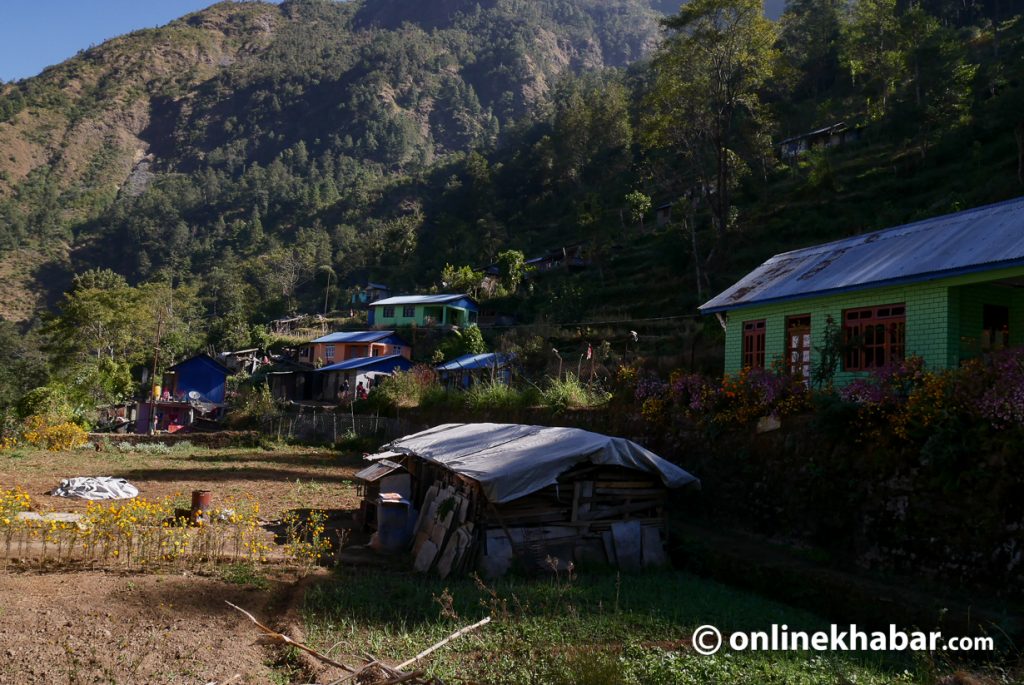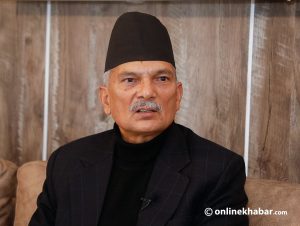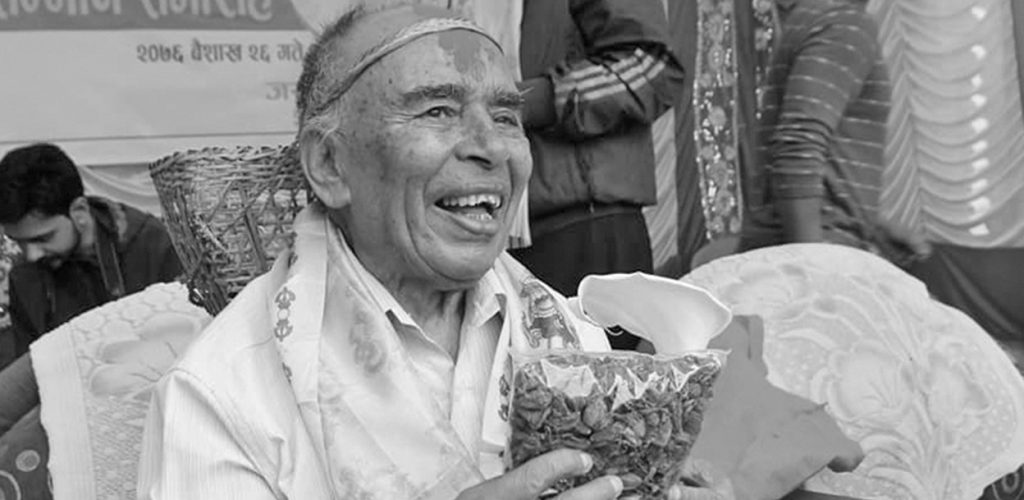
There always lies a dark realm in cultural practices in any society. It has been prevalent without any questions brought up against them, and those questions were repressed because of power, whether it be economic or political.
People were uneducated and believed in some divine power, because of this they accepted such discrimination and repression as their fate. Such concepts are still in existence in Nepali society; voiceless people are dominated by people in power, and the voices are not let to sprout.
In response to misconceptions regarding fate and social status, cultural studies have emerged to delve into these practices. They aim to expose how representations have been misconstrued, often favouring those in positions of power.
One can view such malpractices through different lenses, either it be through feminism or Marxism. In the end, it is all about how such malpractices prevalent in Nepali society are represented to exercise the ideology of people in power.
The concept
Our understanding works regarding different signs that exist in society, which further are shaped by our cultural, economic and political ideologies. Regarding the effect of such signs in our lives, Roland Barthes, a French Philosopher, brought up the concept of myth formation, how it shapes society and understanding of people, and how it is a major source for the exercise of power.
For Barthes, myth is similar to Marx’s concept of ideology, yet ideology is subject to scrutiny through its cultural manifestations. These manifestations are natural and transparent through mythologies, which means the ideologies are exercised through myths, and the understanding of ideologies is different according to culture.
Myth is a semiological system, it is a form of signification yet it differs from ordinary speech and language. Myth works in two levels —surface level and deeper level. At the surface level, it is the first order of signification, which is denotative and does not produce arbitrary meaning, thus leading to the naturalisation of myth. But in the second order of signification, the sign is thus further processed which is associated with the ideological meaning of the myth and produces connotative meaning.
Here, myth appears as something different and holds another truth, thus working on a deeper level. Hence, everything can be a myth if it is defused through a particular discourse. To understand it better, let’s take an example of a beauty products advertisement.
When Bollywood superstar Shah Rukh Khan comes up with a fairness cream ‘Fair and handsome’, the denotative meaning is just an actor talking about the use of fairness cream.
When we go into the connotative level, which is also desired by the companies of those products, the same actor becomes a source of inspiration, an idol of beauty, an alpha male, and the product he talks about becomes the source to reach that level.
Thus, myths are produced and disposed among the working class to accept it to be a natural phenomenon that they must carry to reach a higher position.
Nepali society

There are many myths prevalent in Nepali society defused through Hindu scriptures (discourse). One such practice is the caste system, where people are marginalised based on their caste, regarding low-status birth.
According to Purush Sukta of Rigved, verse 10.90.12, it is believed different categories of people are born from different body parts of the Brahma (Purush), the Brahmans are born from the mouth, the Kshatriyas from the arms, the Vaishyas from the thighs and the Shudras from the feet.
The first order of signification of the verse portrays denotative meaning about the qualities a human possesses, the ‘Purush’ in the Ved is the cosmic intelligence, which works with the matter (Prakriti) to create the duality essential for existence, it’s basically ‘material’ and ‘supernatural’ qualities human possess.
From this cosmic intelligence, we derive the four most desirable traits of human nature: wisdom, nobility, industry and facility; Brahman – wisdom, Kshatriya – nobility, courage, Vaishya – industriousness, Shudra – talent, and facility.
But the formation of myth interpreted it differently, the ideology of superiority and inferiority was defused in the name of ‘Dharma’. In India, during British colonisation, the verses were translated by Christian Missionaries in a different way to defuse their ideology of regarding Indian people as uncivilised and barbaric.
This was how myths about the hierarchy of people were implanted in the minds of Hindus, at the top were the Brahmans who were mainly teachers and intellectuals and are believed to have come from Brahma’s head, the Kshatriyas, or the warriors and rulers, supposedly from his arms.
The third slot went to the Vaishyas, or the traders, who were created from his thighs. At the bottom of the heap were the Shudras, who came from Brahma’s feet and did all the menial jobs.
This influenced Britishers to divide and rule, and people were forced to adopt types of work according to their caste, which is still prevalent today.
According to Dor Bahadur Bista, ancient Nepal never seemed to have adopted a caste system, people believed in Shamanism, until the influence of Khas Brahmanism, which developed in the Sinja Valley of Karnali.
People in power wanted to be superior to those being ruled, and the Brahmans wanted to increase their influence, hence the common interests of the two parties started to impose different practices of hierarchy in the Nepali society.
Those wearing sacred thread (janai) were considered pure and of higher caste, whereas those drinking alcohol were considered lesser. Due to this influence, people converted into Brahmans and Kshatriyas, wearing the sacred thread, hence believed to be superior to others. Yet those hierarchies were only seen in religious practices, until the 14th century, when King Jayasthiti Malla introduced caste principles and conduct according to the Manusmriti code of the Hindus (Bista, 39).
He prescribed professional activities, lifestyles, and practices according to caste levels, and made it punishable for anyone who violated the rules. In the 19th century, Junga Bahadur Rana, desperate to raise his status to the highest possible level introduced the caste system to a much greater degree than the Malla kings.
The society became more complex and stratified, and people started following untouchability. It was a sin for lower caste people to enter the temple, or go against the cultural practices, for Shudras, since they were believed to have been born from Brahma’s feet, were forced to remain under the feet of the people in power.
Women in Nepal were already suffering a lot because of patriarchy and patriarchal ideology, hence were double marginalised. Before the Rana prime minister Chandra Shumsher, women were burned alive along with their dead husbands, who regarded women as the possession of males.
This shows how the power of patriarchy treated women as objects which had to go along with their dead husbands. It is believed in Hindu culture that a wife should always be there with her husband throughout their life, but the myth of being together to death was proposed by those in power (males) through the discourse of ‘Dharma’.
The denotative meaning of being together with the husband through myth imposed the ideology of patriarchy, regarding women as possession of males, and should die along with them. Though such practice was abolished long ago, the caste system never went off affecting females, who were already marginalised by patriarchy.
So-called Dalit women were beaten, forced to consume faeces, and given the tag of witch. Even now, we hear such news, which is because of the exercise of power by males. Women are either possessions or witches in the eye of patriarchy.
Though some Dalit women are progressing, it is not the same for all, it clearly shows how power affects people. The life of a Dalit woman in some remote village is not as same as that of living in towns. Even though their economic status affects them, an economically strong Dalit woman is enjoying her life freely, without any obstacles, rather than participation, but an economically weak woman is still struggling to find her place in society.
Over time, representations change, and the caste system strongly prevalent in Nepali society is slowly changing. The connotative meaning born superior and inferior has been overtaken by one being superior and inferior because of their deeds, which is also another myth. Since there is no measurement to determine what is wrong and what is right. Hence, people in power keep on producing such myths to exercise their power and establish their superiority.

















